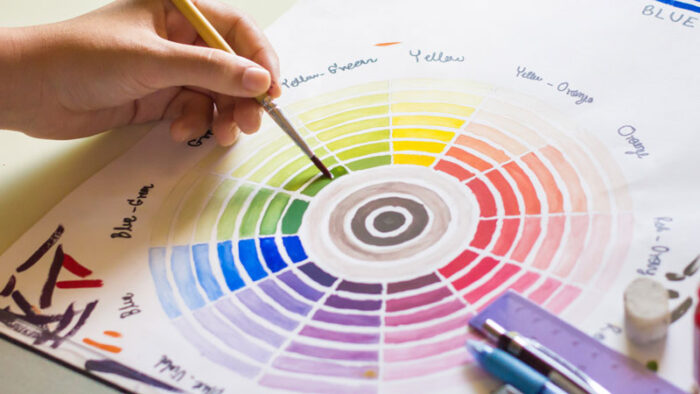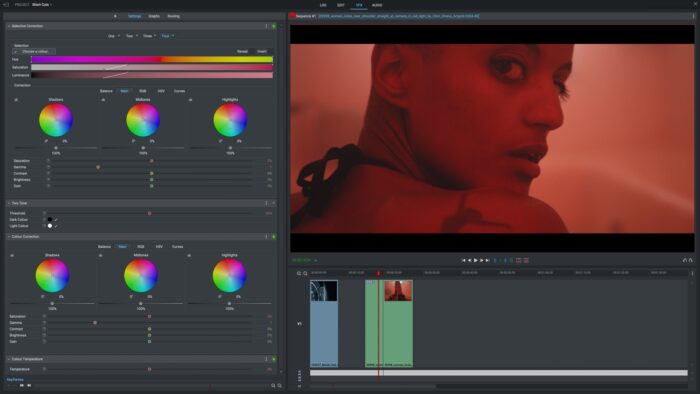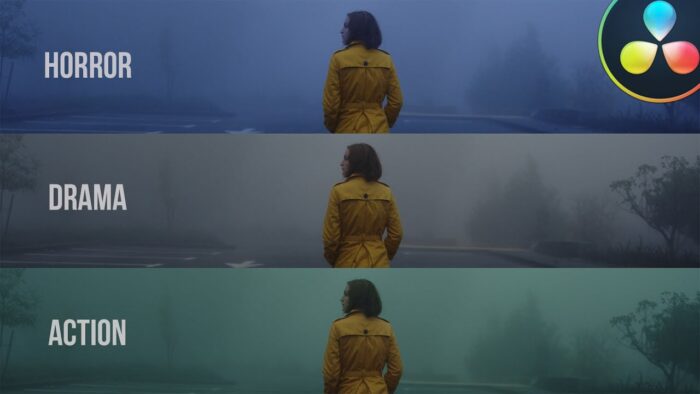In the world of video editing and filmmaking, one of the most potent, yet often overlooked, tools is colour grading. It’s a post-production process that can elevate your video, adding depth, emotion, and visual consistency to your footage. This blog post aims to guide you through the fundamentals of colour grading, from understanding its importance to learning how to effectively apply it using video editing tools like a Free Online Video Editor, Capcut.
What Is Color Grading?
Colour grading is the process of altering and enhancing the colour of a motion picture, video image, or still image. It involves adjusting the contrast, colour, saturation, and brightness levels to achieve a certain aesthetic or mood. It can be as simple as correcting an imbalance in white balance or as complex as creating a stylized look that enhances a narrative.
Why Is Colour Grading Important?

Source: fxhome.com
Colour grading plays a critical role in how your audience interprets your video. Here are some reasons why it’s vital:
- Narrative Enhancement: Colour can evoke emotions and guide the viewer’s attention. It can subtly suggest the mood of a scene, define a character, or indicate a change in time or location.
- Consistency: Different shots in a video might have been recorded at different times, under varying lighting conditions, or with multiple cameras. Colour grading ensures that all these shots have a consistent look, which is crucial for maintaining visual continuity.
- Aesthetic Appeal: Well-graded videos are more pleasing to the eye. They seem more professional and high-quality, enhancing the overall viewing experience.
Understanding Color Theory

Source: thevirtualinstructor.com
Before diving into colour grading, it’s important to have a basic understanding of colour theory. Here are some key concepts:
Colour Wheel: The colour wheel is a circular diagram of colours arranged by their chromatic relationship. It’s a helpful tool for understanding complementary colours (opposite on the wheel), analogous colours (next to each other), and other colour harmonies.
Warm and Cool Colours: Warm colours (reds, oranges, yellows) are energetic and vibrant, while cool colours (blues, greens, purples) are calming and soothing.
Colour Psychology: Colour psychology is the study of how colour influences human behaviour and perception. Each colour is often associated with specific emotions or reactions. For instance, red is often linked to passion, energy, and alertness, but can also signify danger. Blue, on the other hand, conveys tranquillity, trust, and stability. Yellow is usually associated with happiness and creativity, while green often symbolises nature, growth, and calmness. Black can represent power, elegance, or mystery, while white typically signifies purity, simplicity, and peace.
In video editing and filmmaking, understanding colour psychology is crucial as it allows creators to invoke certain emotions or moods, guiding the audience’s perception of the narrative. However, it’s essential to note that cultural differences can impact colour associations and interpretations, so context and audience should always be considered.
Colour grading involves several steps, and while the specific process might vary depending on the software you use, the principles remain the same. Here’s a simplified workflow:
Colour Correction

Source: lwks.com
Colour correction is the first step in colour grading. It involves fixing any colour issues in your footage and achieving a neutral, balanced look. This includes tasks like adjusting the white balance, fixing exposure issues, and ensuring skin tones look natural.
Grading
Once your footage is colour corrected, it’s time to start grading. This involves stylizing your footage to create a certain mood or aesthetic. This could involve anything from creating a vintage, washed-out look to a high-contrast, vibrant aesthetic.
Matching Shots
Once you’ve graded one shot, you’ll need to ensure all other shots match. This involves adjusting the colour grade on each shot so that the colours, contrast, and brightness match throughout your video.
Final Adjustments
The last step is to make any final adjustments. This might involve tweaking your colour grade based on how it looks in different shots, or adjusting the overall brightness or contrast of your final video.
Tips For Effective Colour Grading

Colour grading is a nuanced and delicate process that can significantly enhance the visual appeal of your video. To successfully colour grade your video content, consider the following tips:
Start with Quality Footage: Good grading begins with well-shot footage. Always ensure your videos are well-lit and properly exposed. This will make the color grading process smoother and more effective.
Understand Color Theory: A basic understanding of color theory can go a long way in color grading. Knowledge of the color wheel, harmonies, and the psychological effects of colors can inform your color grading decisions and enhance your storytelling.
Subtlety is Key: Overdoing grading can make your video look unnatural. Subtle changes often work best. Slight adjustments to contrast, saturation, and color balance can significantly enhance the image without making it appear overly edited.
Consistency: Ensure that color grading is consistent across all scenes and shots. Inconsistencies in color grading can disrupt the viewing experience and make your video seem disjointed.
Use the Right Tools: Depending on your level of expertise and your specific needs, the right tool for color grading can vary. You can start with user-friendly options like a Free Online Video Editor, and gradually move to more advanced software as you gain more experience.

Source: youtube.com
Practice: Mastery comes with practice. Experiment with different styles, learn from professionals, and constantly evaluate your work. Over time, your understanding of color and its effects on mood and storytelling will improve.
Learn from Others: Studying color graded films and videos can provide inspiration and insight into effective techniques. Look for work by professional colorists, and try to understand how they use color to tell a story or create a mood.
Remember, color grading is both an art and a science. It requires a keen eye for color and detail, a solid understanding of color theory, and the ability to use editing tools effectively. But most importantly, it demands practice and patience.
Conclusion
In the world of video editing, color grading is an art form in its own right. It’s a critical tool that can transform your footage, creating a visually compelling narrative that resonates with your audience. By understanding the basics of color theory and mastering the process of color grading, you can elevate your video content and bring your creative vision to life. Happy grading!
